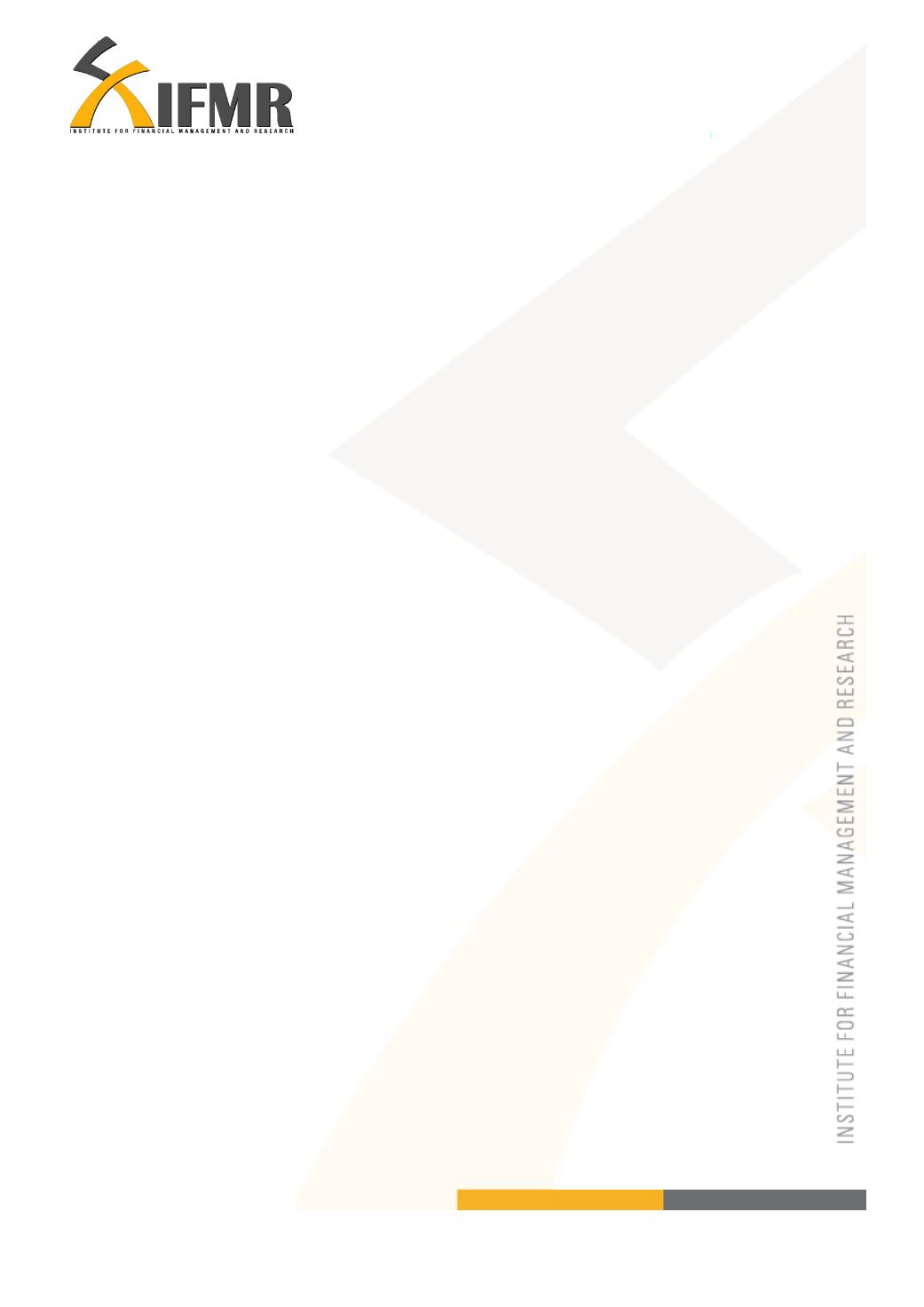
16
Savings for smoothing can be classified as “low-frequency” or “high-frequency” savings.
While low-frequency savings refer to steady, long-term accumulation which are usually
used to fund improvements in business or small enterprise ventures, high-frequency
savings are usually used to fund short-term investments, to mitigate during possible crisis
and are intermittent and do not follow a pattern. High-frequency savings, therefore, arise
from transitory income. As mentioned above, it is this transitory income that leads to
voluntary savings over and above what is mandated and that must be tapped by SHGs to
ensure internal sustainability. This study will look to characterize the savings in the above
categories.
2.5 Incomplete credit markets
McKinnon (1973) mentions that in developing economies with incomplete credit markets
money and investments are complements. That is, as the returns of money increase, the
desirability to store it also increases and it therefore becomes easier to accumulate capital
to make lumpy investments (McKinnon, 1973). He suggests that access to formal
savings instruments can help increase return of money and the Indonesian and Brazilian
microfinance experience shows us that poor households are able to and willing to save,
provided savings instruments are available to them. The literature also suggests that the
liquidity of the asset and its safety are of more importance than interest rates.
Low-income people save for a variety of reasons; some of those as complex as those of
the higher income strata and it is evidence suggests that access to hitherto unavailable
savings possibilities will lead to increase in voluntary savings (Morduch, 1997). The
savings motives vary from self-financing long-term investments like purchases of land,


